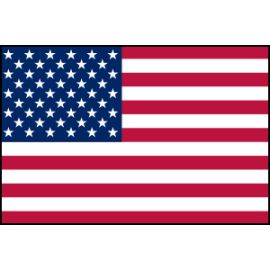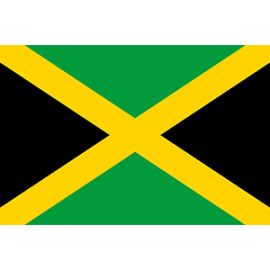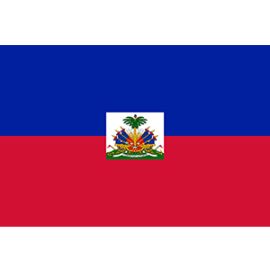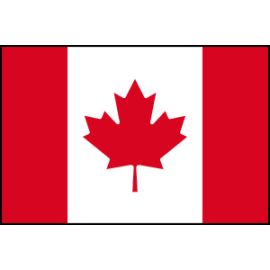Annuncio
relativo a: French Guiana8.0/10 (247560 recensioni)
Prenota il tuo Hotel a Guyana francese. Assistenza Clienti - tutti i giorni 24h.
Risultati di ricerca
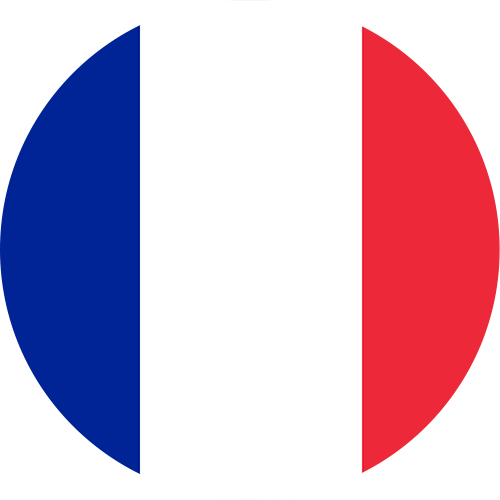
Selezione di calcio della Guyana francese
QualificazioneConcacaf Gold Cup20 Jun, Risultato Finale Saint Kitts & Nevis1(4)-1(2)DRV PNK Stadium
Saint Kitts & Nevis1(4)-1(2)DRV PNK Stadium French Guiana
French GuianaAltre partite
Concacaf Gold Cup FINALE 17 giu vs 
Sint Maarten V4 - 1Girone A G V P S Pti 1  Stati Uniti
Stati Uniti3 2 1 0 7 2  Jamaica
Jamaica3 2 1 0 7 3  Trinidad and Tobago
Trinidad and Tobago3 1 0 2 3 4  Saint Kitts & Nevis
Saint Kitts & Nevis3 0 0 3 0 French Guiana (/ ɡ i ˈ ɑː n ə / or / ɡ i ˈ æ n ə /; French: Guyane, ⓘ; French Guianese Creole: Lagwiyann or Gwiyann, [la.ɡwi.jãn]) is an overseas department and region of France located on the northern coast of South America in the Guianas and the West Indies.
La Guyana francese o Guiana francese (AFI: /ɡuˈjana franˈt͡ʃeze/; in francese Guyane o Guyane française, pronuncia [ɡɥijan fʁɑ̃sɛz]; in creolo guianese Lagwiyann o Gwiyann) è una regione e un dipartimento d'oltremare della Francia nell'America meridionale, con codice INSEE 973, e una regione ultraperiferica dell'Unione ...
- Overview
- Land
- People
- Economy
French Guiana, overseas territorial collectivity of France, situated on the northeastern coast of South America. French Guiana is bounded by Brazil to the south and east, Suriname to the west, and the Atlantic Ocean to the northeast. The capital is Cayenne.
Geologically, the rock underlying French Guiana forms part of the crystalline massif of the Guiana Highlands. Rivers—which flow generally northeastward, to the sea—have greatly eroded the massif, and most of French Guiana is low-lying. The Maroni River forms the French Guiana–Suriname border in the west, and the Oyapock River forms the border with Brazil in the east. The Tumuc-Humac Mountains in the south reach an elevation of 2,300 feet (700 metres). Recent alluvial deposits have formed a swampy coastal plain southeast of Cayenne. Older alluvial deposits form a savanna west of Cayenne. Dense tropical forests (mostly hardwoods) predominate outside the coastal plain and cover more than nine-tenths of the land area.
French Guiana is subject to heavy rainfall between December and July; annual precipitation reaches 150 inches (3,800 mm) around Cayenne and tapers off toward the northeast. High temperatures predominate, and monthly averages vary between 77 and 80 °F (25 and 27 °C) at Cayenne. Wildlife includes tapirs, caimans, ocelots, sloths, great anteaters, and armadillos.
French Guiana’s population is principally Creole (mixed descent, also referred to as Guianese Mulatto), with minorities of metropolitan French, Haitians, Surinamese, Antilleans, Chinese, Brazilians, South Asians, and others. The principal languages spoken are French (official); Guianese Creole French; several indigenous languages, including Wayampi, Carib, and Emerillon; and the various languages of the immigrant communities. The principal religious affiliation is Christianity (primarily Roman Catholicism), adhered to by more than four-fifths of the population.
The populace is concentrated principally in and around Cayenne, the largest city, and the coastal regions; the interior is largely uninhabited. Demographic rates are those generally typical of a developing country. There was immigration from Southeast Asia, Haiti, and the French Caribbean territories beginning in the late 20th century.
French Guiana has a developing market economy, patterned on that of metropolitan France and sustained by aid and technical assistance from France. A rocket-launching base at Kourou, used by the European Space Agency, is of great importance to the economy, accounting for about one-fourth of the country’s annual gross domestic product (GDP). Services, manufacturing, and construction are the largest sectors of the economy. The gross national income (GNI) per capita is among the highest in South America.
Students save 67%! Learn more about our special academic rate today.
Learn More
Agriculture produces only a small part of GDP. Subsistence farming predominates and centres on the growing of cassava, rice, bananas, and cabbages. Most small farms are worked and owned by families, but there are some large estates engaged in growing cash crops, largely for export to metropolitan France.
The heavily forested land includes valuable commercial species. Some forestland is reserved by the state, but most is open to exploitation. Most of the timber cut is used for industrial purposes, and of that about two-fifths is exported. Pastures support mainly cattle, pigs, and poultry. Meat and milk production is limited, and large quantities of both must be imported. Shrimps account for a large portion of the annual fish catch.
Mineral exploitation is of negligible importance, and French Guiana must import fossil fuels and metallic minerals. Gold and clays are the only minerals extracted.
- The Editors of Encyclopaedia Britannica
French Guiana. South America. French Guiana is a remote region of France covered in thick jungle and wilderness, although you'll also find colonial architecture, eerie prison-camp history and some of the world's most diverse plant and animal life here. It's a strange mix of French law and rainforest humidity where only a few destinations along ...
16 dic 2023 · Key Facts. Flag. Covering an area of 83,534 sq. km, French Guiana is located on the northeastern edge of South America. French Guiana is not an independent nation but rather an overseas possession of the French. Its relatively large land area actually makes it France’s 2 nd largest region.
French Guiana (French: Guyane) is an overseas department and region of France, on the north Atlantic coast of South America. By land area, it is the second largest region of France (after Nouvelle-Aquitaine ) and the largest overseas department of France and of the European Union .
The history of French Guiana dates back to the period prior to European colonization. Prior to the arrival of the first Europeans, there was no written history in the territory. It was originally inhabited by a number of Native American peoples, among them the Kalina (Caribs), Arawak , Galibi , Palikur , Teko , Wayampi (also known as ...
Annuncio
relativo a: French Guiana8.0/10 (247560 recensioni)
Prenota il tuo Hotel a Guyana francese. Assistenza Clienti - tutti i giorni 24h.
